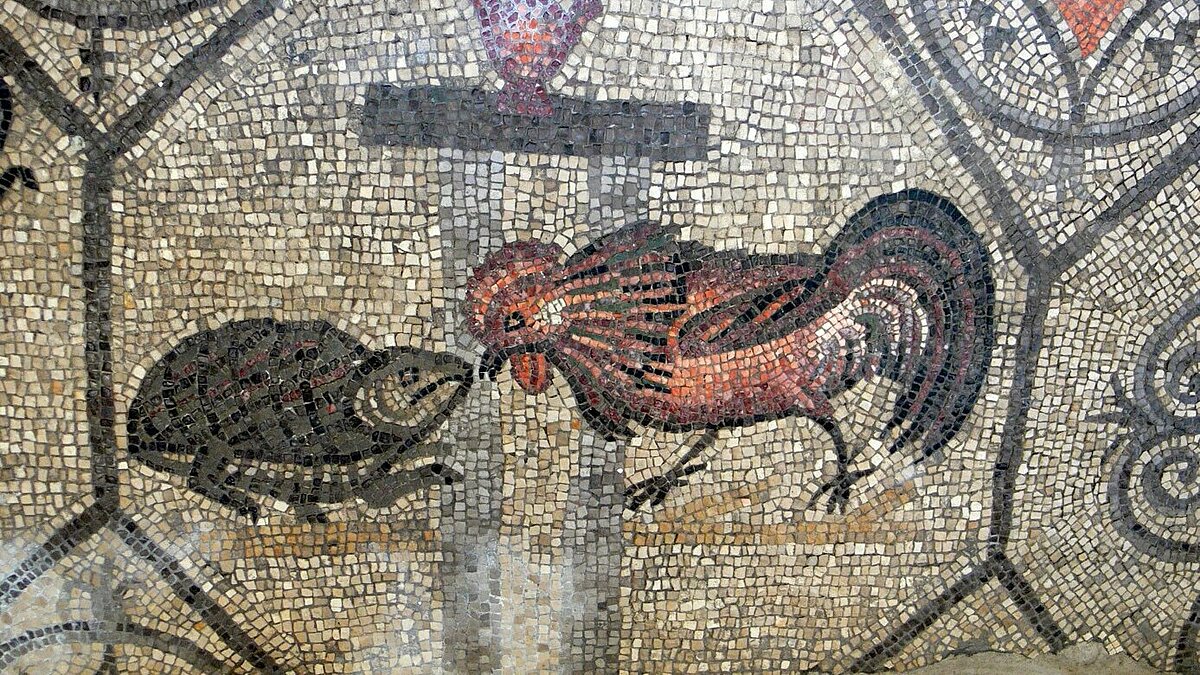


The project examines animal narratives in Greek and Latin hagiographic texts from Late Antiquity to the early 7th century.
Ever since the animal turn in literary studies, their central role as carriers of meaning in literature has been recognized and intensively researched.
The period of Late Antiquity also reveals great interest in animals and their interaction with humans. However, studies dedicated to the role of animals in Late Antiquity are still scarce and the same is true for their depiction in the literary genres emerging in this period. This project focuses on hagiography, one of Late Antiquity’s central literary genres, in which animals play a significant role, be it in the lives of saints in the desert, or of Gallic and Italian saints. Animals are important protagonists in the vitae of the saints, often in anthropomorphic form and in close interaction with humans.
Due to its widespread and lasting impact, hagiography is highly suitable as a case study for the complex relationship between humans and animals in Late Antiquity. A monograph will examine the religious or theological, literary and social motivations of the respective animal narratives. A collection of the relevant text passages will also be compiled.
Duration: 3 years, start: September 2024.
The project is funded by the DFG .